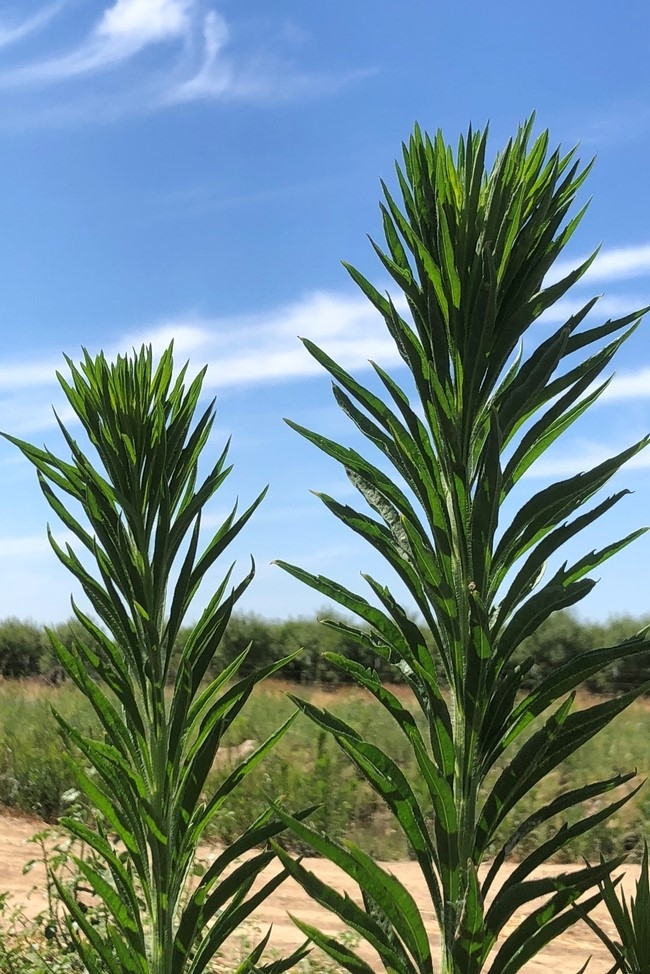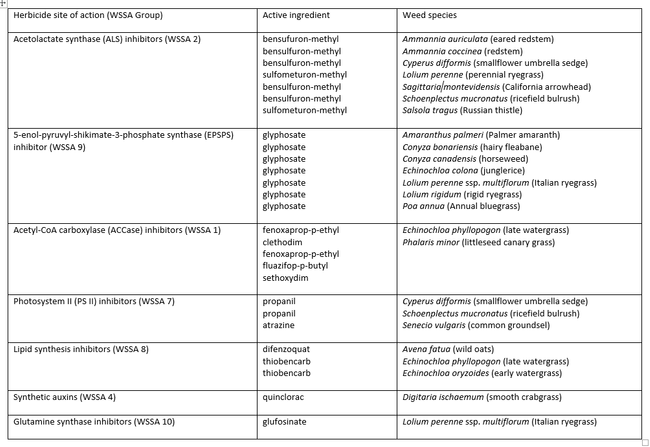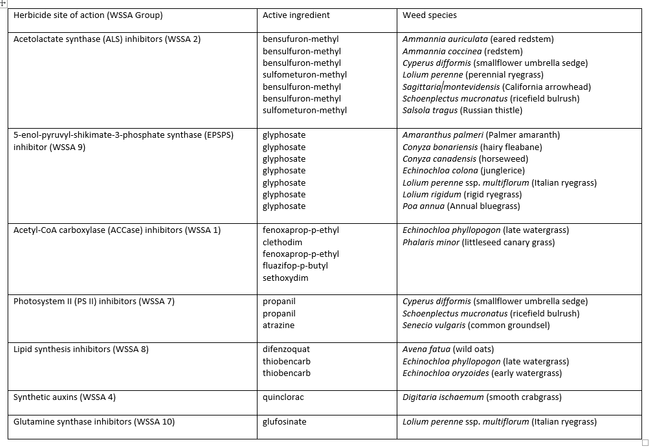- Author: Ben Faber
A $1.5 million emergency grant is enabling UC Riverside scientists to find plants impervious to a disease threatening America's citrus fruit supply.
Citrus Greening Disease — also known as Huanglongbing, or HLB — results in fruit that is bitter and worthless. It has crippled Florida's citrus industry and has already been detected in California, which grows 80% of America's fresh citrus. An estimated 267,000 acres of Golden State oranges, lemons, grapefruits, and mandarins are at stake.
For these reasons, the National Institute of Food and Agriculture is supporting scientists at UCR, the University of Florida, and the U.S. Department of Agriculture's Agricultural Research Service in their search for plants with natural tolerance to HLB.
“If you find a disease affecting your crops, a good first step is to look for plants that are able to grow and produce despite infection,” said UCR geneticist Danelle Seymour. “Then you can start to identify the genetic basis of the disease tolerance and make sure the next generation of plants includes these genes.”
Following this recipe, Seymour and UCR plant pathologist Philippe Rolshausen will examine a set of 350 citrus hybrids developed and grown by project collaborators in Florida. All trees in the set are already infected with HLB, yet they live longer, are healthier, and yield more fruit than their infected relatives.
While there are a number of projects searching for different solutions to the threat of HLB, this project is different because the plants being tested were all grown in an environment endemic to the disease. Additionally, the number of plants they're able to test is unusually large.
“The environment in which these plants were grown means we can be confident that these rootstocks will enhance tree health and yield in HLB-affected areas,” Seymour said. “Also, because our data set is so large, we've got the opportunity to identify plants with levels of tolerance that exceed current commercial varieties.”
In addition to searching for parts of the hearty hybrids' genomes responsible for their tolerance to HLB, scientists will also be checking for plants that have resistance to other pathogens that are already in California.
Citrus in the state is also threatened by nematodes that chew up roots, preventing plants from taking up nutrients, and by phytophthora, a type of water mold that causes rotting roots.
By searching not only for a solution to the looming threat of HLB but also to problems that have already taken root in California, scientists are hoping to ensure that citrus won't need to be imported from HLB-free countries and costs stay low for both local growers and consumers.
“This way, we're making sure the next generation of rootstocks will include the right genes and that we're being as efficient as possible in our breeding practices,” Seymour said.
ACP nymph image by Sam Droege, USGS
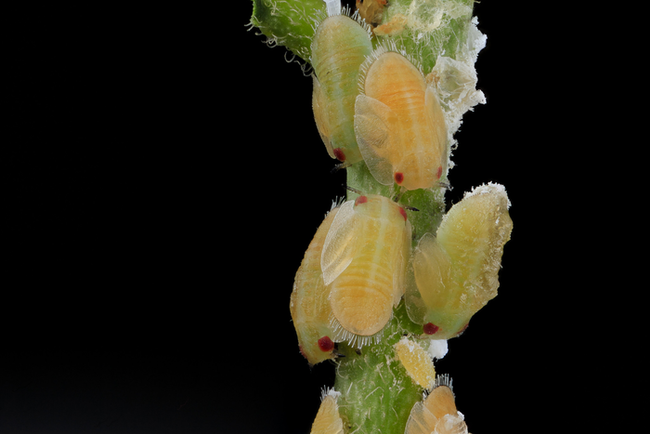
- Author: Ben Faber
New technique has potential
to protect citrus from HLB
Citrus greening, also called Huanglongbing (HLB), is devastating the citrus industry. Florida alone has experienced a 50 to 75 percent reduction in citrus production. There are no resistant varieties of citrus available and limited disease control measures.
Some scientists think it is possible that orange juice could one day become as expensive and rare as caviar. In an effort to prevent this, three plant pathologists at the University of California-Berkeley and United States Department of Agriculture conducted research into ways to boost citrus immunity and protect the valuable fruit against citrus greening.
Because the bacteria that causes citrus greening cannot be grown in a lab, scientists have to find novel ways to conduct experiments. The University of California-Berkeley/USDA team looked at many different strains of the bacteria that cause citrus greening to see if they could identify peptides (a compound of two or more amino acids) that would trigger immune responses.
"This was a long list, so we narrowed it down by selecting small peptides that were a bit different in their peptide sequence, which might imply that the bacterium had made those sequence changes so that they wouldn't be recognized by the plant immune system," explained Jennifer D. Lewis, group leader of the research team. "Then we further narrowed that list to peptides from strains that caused disease in citrus."
Through this research, they showed that two peptides could trigger immune responses in multiple plant species, including citrus. These peptides may play a role in preventing or reducing yield loss from citrus greening.
According to Lewis, "We thought it was particularly interesting that some of the peptides predicted to elicit a response, could actually trigger immune responses in multiple plant species. This suggests that the immune response to these peptides is conserved across species."
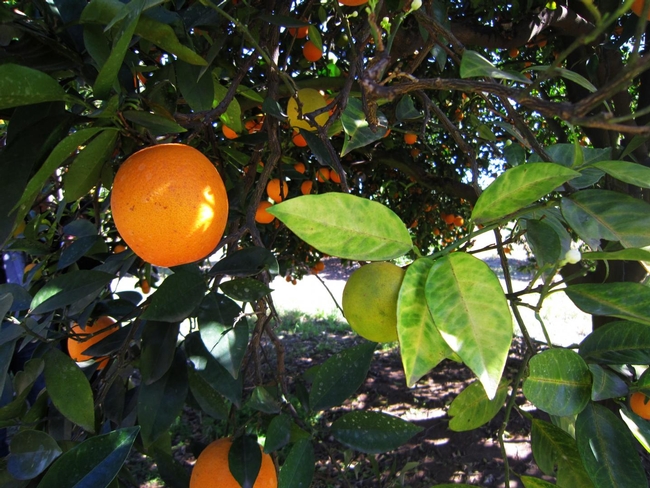
- Author: Ben Faber
There has been a good overall discussion of herbicide resistance found in plants and how they can affect orchard management. Check out this presentation by UC Cooperative Extension Weedologist, Brad Hanson, in the "past Webinars" section:
https://ucanr.edu/sites/ucexpertstalk/
And read more about glyphosate resistance in orchards:
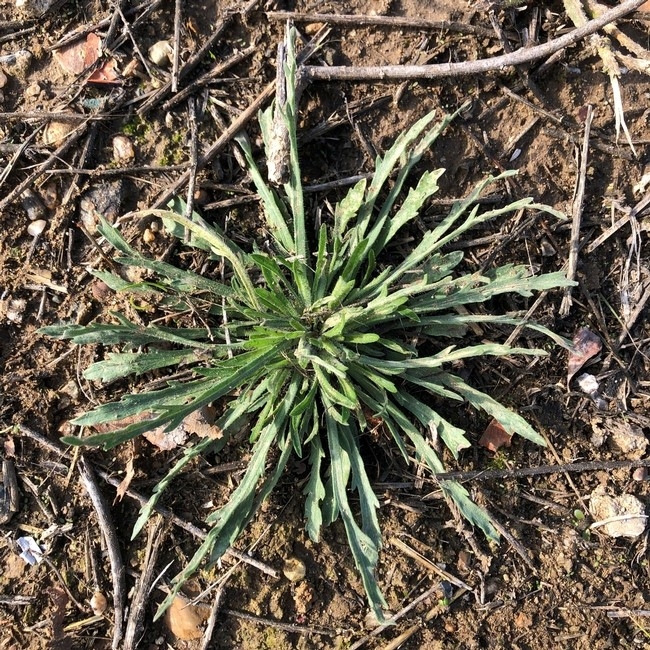
- Author: Ben Faber
UC Ag Experts Talk:
Managing Glyphosate-Resistant Weeds in Orchard Crops
Description: One hour webinar about glyphosate-resistant weed management in orchards, delivered by Dr. Brad Hanson. One CEU (other) from the DPR is approved.
Time: Apr 24, 2019 3:00 PM in Pacific Time (US and Canada)
Recorded version will be published on UC IPM YouTube channel about a week after the webinar.
The link to register is https://ucanr.zoom.us/webinar/register/WN_96wd2GBMQl2Ou4i4oSwTTg
More information about the webinar series UC Ag Experts talk: https://ucanr.edu/sites/ucexpertstalk/
Speaker
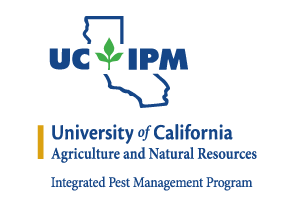
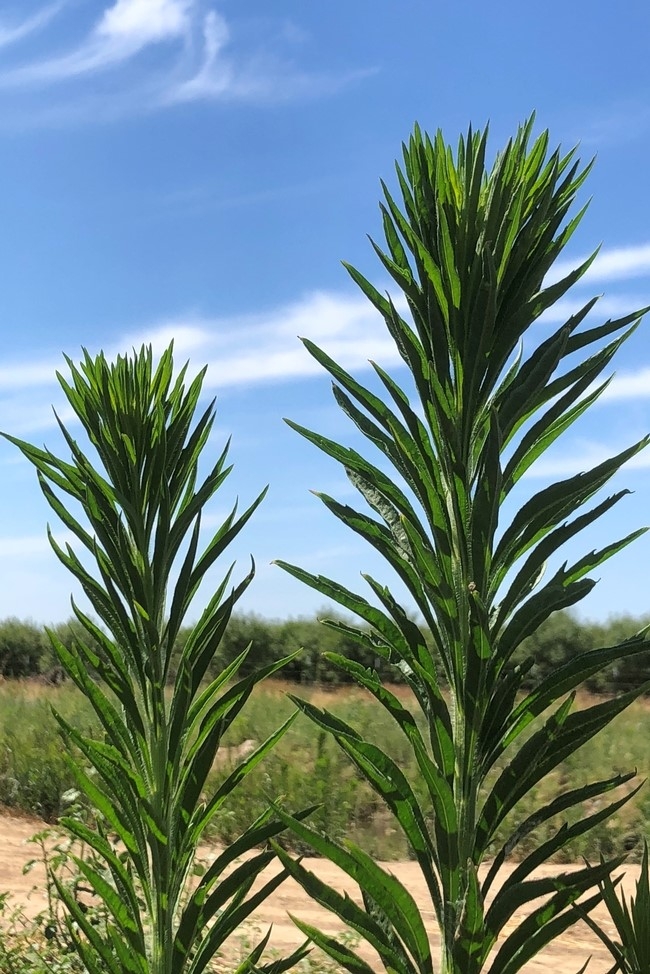
- Author: Lynn M. Sosnoskie, PhD
UCCE Agronomy and Weed Science Advisor, Merced and Madera Counties
Weeds compete with crops for light, water, and nutrients, which can result in yield reductions. Weeds can also interfere with crop production by serving as alternate hosts for pests and pathogens, providing habitat for rodents, and impeding harvest operations, among other impacts. Natural areas can also be impacted by weed species when they reduce aesthetics and disrupt ecosystem services. As a consequence, growers and land managers employ a variety of control strategies, including the application of herbicides, to manage unwanted vegetation.
Although herbicides can be effective tools for controlling undesirable plants, failures can and do occur. Weeds may escape chemical treatments for several reasons including: the selection of an ineffective herbicide or herbicide rate, improperly calibrated or malfunctioning equipment, applications made at a time when the target species is not susceptible to control, the use of herbicides under adverse environmental conditions, and the evolution of herbicide resistance.
As of 3 January 2019, there are 496 confirmed cases (species x site of action) of herbicide resistance, worldwide. Current reports provided by the International Survey of Herbicide Resistant Weeds (www.weedscience.org) indicate that 255 different species (148 dicots and 107 monocots) have evolved resistance to 163 different herbicides across 23 of 26 known sites of action. With respect to the United States, 161 unique instances of resistance have been documented. Most resistances (52 cases) are to the acetolactate synthase (ALS) inhibitors followed by the photosystem II (PS II) inhibitors (26 cases), 5-enol-pyruvyl-shikimate-3-phosphate synthase (EPSPS) inhibitors (17 cases), and the acetyl-CoA carboxylase (ACCase) inhibitors (15 cases).
Currently, in California, there are 30 confirmed occurrences of herbicide resistance. Twenty-four of those cases are to a single site of action (Table 1). The most frequently encountered resistances have been to the ALS and EPSPS inhibitors (7 each). Five weed species (late watergrass (Echinochloa oryzicola), barnyardgrass (Echinochloa crus-galli ssp. crus-galli), hairy fleabane (Conyza bonariensis), horseweed (Conyza canadensis), and Italian ryegrass (Lolium perenne ssp. multiflorum)) have populations with documented resistance to up to four herbicide sites of action (Table 2).
Growers and land managers can take several actions to thwart the evolution and spread of herbicide resistant weeds. First and foremost is scouting fields following herbicide applications and keeping careful records of herbicide performance to quickly identify repeated instances of weed control failure. Pesticide applicators should ensure that their equipment is properly calibrated and that they are applying effective herbicides at appropriate rates to manage the target species. Whenever possible, diversify herbicides to reduce chemical selection pressure. If appropriate, incorporate physical and cultural weed control practices into a vegetation management plan. Be sure to control unwanted plants when they are small and never allow escapes to set seed. Clean equipment to prevent seeds of herbicide-resistant weed species from moving between infested and non-infested sites and don't forget that unmanaged roadsides, canal banks, fence lines, and field margins, etc., can serve as a source of propagules.
Table 1. A summary of herbicide resistance in California to single sites of action.
Source: www.weedscience.org
Table 2. Weed species in California with confirmed resistance to multiple herbicide sites of action
Source: www.weedscience.org
